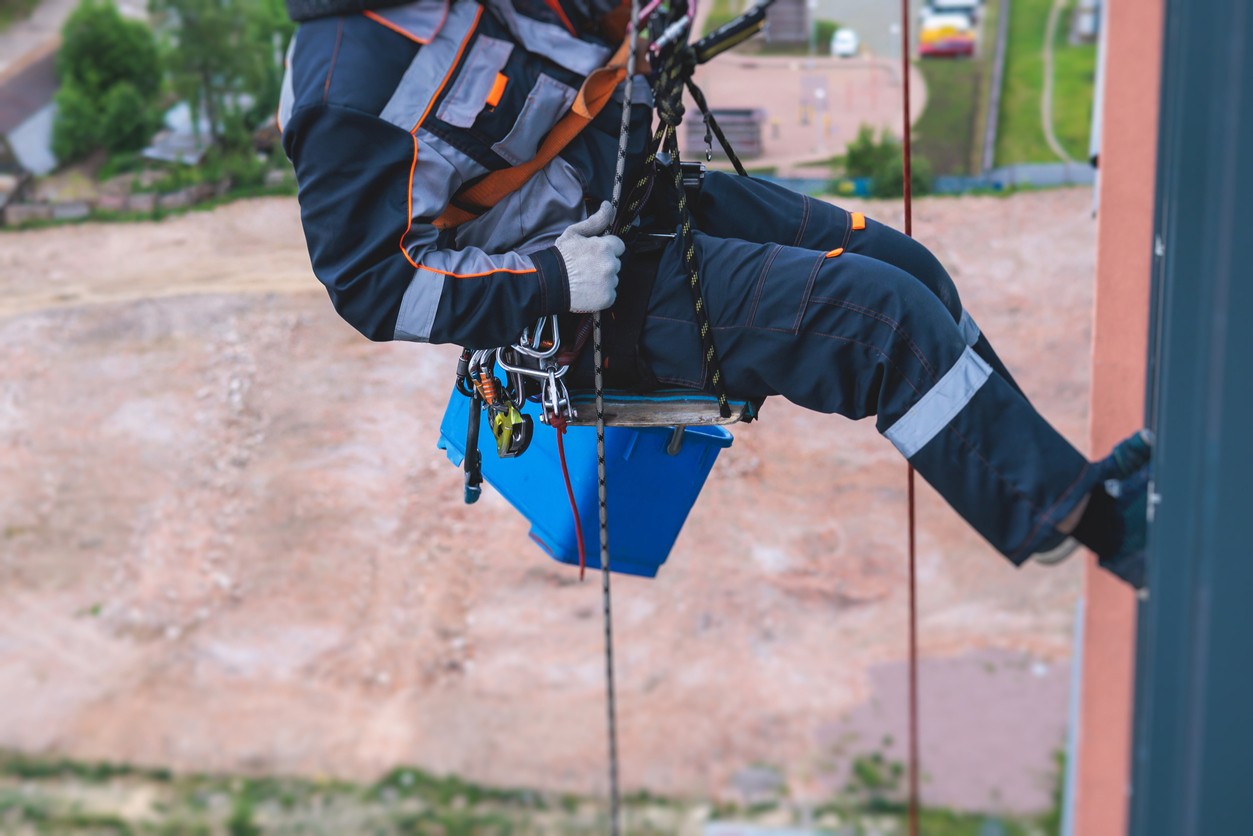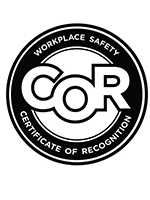Posted: Dec 1 '23

Working on high-angle heights exposes workers to increased danger when something goes wrong. In an emergency, prompt response helps prevent accidents and save lives. While calling 911 can provide handy reinforcement, the team must always be prepared to perform the rescue, as every minute that passes is crucial in saving the victim(s) lives.
If your employees work at high-angle heights, taking a high-angle rope rescue training course is essential to guarantee their safety. Contact us for information on group bookings.
High-angle rope rescue involves evacuating stranded people from high places. Due to the technicalities of accessing the areas and rescuing the victims quickly, specialized training is required.
A high-angle rope rescue training course equips the trainees with knowledge of the appropriate equipment and how to use it effectively to rescue victims on heights safely and quickly. The training covers classroom and practical scenario learning. Workers receive specialized training on effective rescue, including rescue scenarios and theory, rescue planning and rescuer safety, casualty lowering, self-rescue, rope rescue problem-solving, maintenance of rescue lines and equipment, etc.
To guarantee worker safety and regulation compliance, employers with employees working at elevated worksites must implement the training program for safe and quick rescue operations whenever an emergency arises.

A quick rescue response can help avert an accident and save lives whenever an emergency occurs. Below is a rundown of the key reasons your team needs a high-angle rope rescue training course:

Effective accident prevention requires preparedness to respond to emergencies when employees are working at heights. However, rescuing victims on high-angle heights requires specialized equipment and is more challenging than low or steep-angle heights. Similarly, training for high-angle rope rescue is more advanced.
Here is a quick highlight of the differences between the three angles.


A high-angle rope rescue training course prepares your team to perform fast and quick rescue operations in an emergency. Fast response is crucial to preventing injuries and saving lives; hence equipping the team with worksite-specific rescue training gives them an upper hand over external rescuers. Contact us today and let us prepare your team with our high-angle rope rescue training course.
REQUEST INFO ON OUR COURSES





